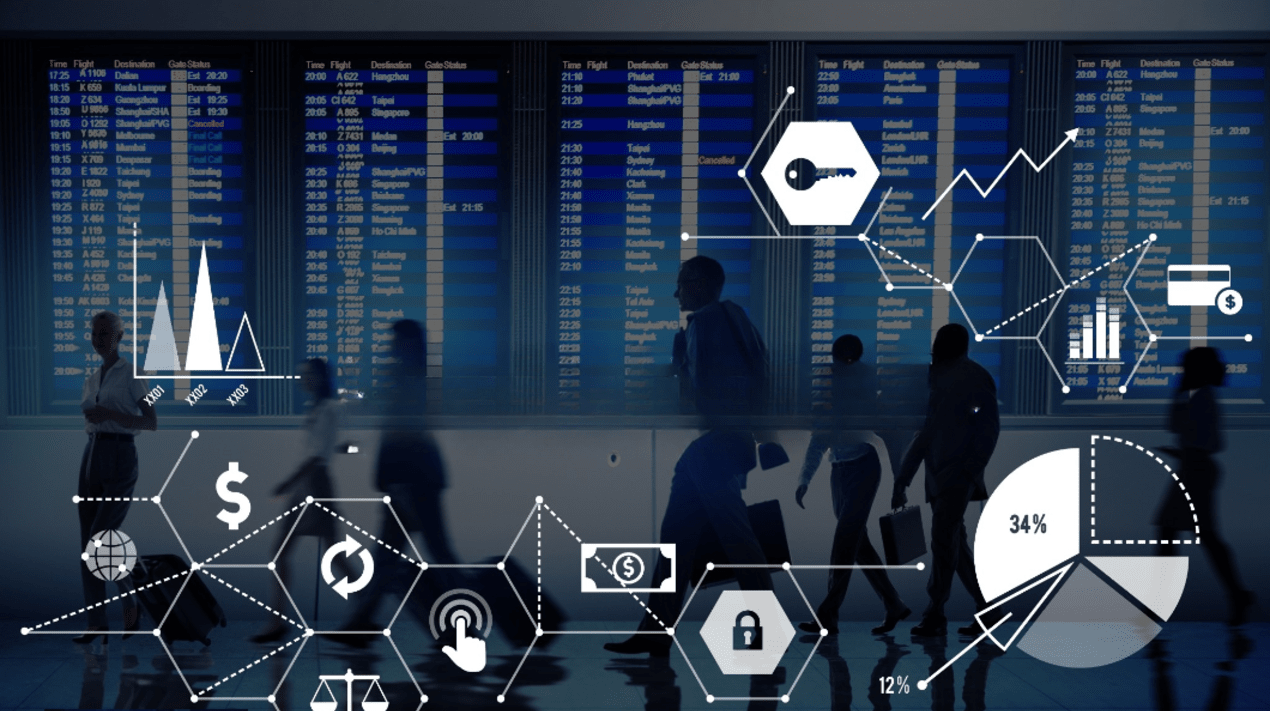
The need to accelerate the digitalization of small and medium enterprises (SMEs) is constant in Southeast Asia. This is so that SMEs can remain relevant in the global market and gain a competitive edge.
The governments of many SEA countries are, therefore, ramping up efforts, at a national level, to push SMEs to be digitally-enabled and technologically equipped to meet the demands of an increasingly digital world.
Malaysia is evidently keen on achieving such goals by the year 2022, in line with governmental efforts to empower a digital society.
The country is actively taking on multiple initiatives to get businesses to leverage viable solutions that could help automate operational processes and achieve digital proficiency.
In particular, the government has prioritized digitalization efforts among SMEs to maintain relevance, maximize business efficiency, and increase productivity.
There is also a strong focus on digital payment capabilities as the country believes that enabling the service is a crucial first step to digitalization.
As a result, the government is working closely with banks to offer SMEs a seamless and interoperable integration with banking systems.
For example, one bank has put forward a set of application programming interfaces (API) to assist in automating payments and reconciling accounts for SMEs, further extending the availability of digital support.
The Chief Executive Officer of SME Corp stated that digitalisation is coming, given another two to three years, predicting that almost all SME will go into cashless payment.
Aside from digital payments, the country is also making an effort to fuel digitalization efforts and recognize those that have succeeded with implementing technology through the Enterprise 50 (E50) 2019 Award program.
The program is among the initiatives by the corporation to reward SMEs for various milestones, including digitalization.
SMEs were free to nominate themselves and were evaluated against a number of criteria to identify those that have adopted solutions and utilized technology tools effectively.
According to Said, SMEs that have submitted their application went through a rigorous assessment process based on various benchmarks, including technology adoption, innovative efforts, and management process.
Although only 10 winners were chosen, 78 companies seemed to have fulfilled all the criteria signifying the effectiveness of the country’s transformation strategies.
Understandably, the demands for digital capabilities will turbocharge technology adoption among SMEs, resulting in increased market value — helping drive the economy forward.
OpenGov Asia reported earlier that Malaysia Digital Economy Corporation (MDEC) will be working alongside a logistics start-up from Singapore on a cross-border eCommerce initiative to help drive Malaysia’s National eCommerce Strategic Roadmap (NESR).
The two will work to help Malaysian SMEs grow abroad by providing cross-border logistics solutions that can deliver their products throughout Southeast Asia.
Since its establishment in 1996, MDEC has been working to drive digital transformation across all sectors in Malaysia, including small-medium enterprises (SMEs). Among their initiatives is onboarding more merchants onto the Digital Free Trade Zone (DFTZ).
The DFTZ is an electronic world trade platform designed to facilitate exports for Malaysian SMEs by providing platforms, e-fulfilment activities and enhanced trade facilitation measures.
To help MDEC drive the NESR further, MDEC and the company will jointly hold events to actively bring more Malaysian businesses onboard eCommerce and the DFTZ.
The firm will also link Malaysian SMEs to various eCommerce partners who will help Malaysian merchants obtain tools and expertise across the entire eCommerce ecosystem including international market entry and online marketplace listings, and more.
The Head of SME Adoption at MDEC stated that the logistics firm has been a big help in executing SME adoption programs to drive the NESR forward, particularly in helping merchants access international markets like Indonesia.
















